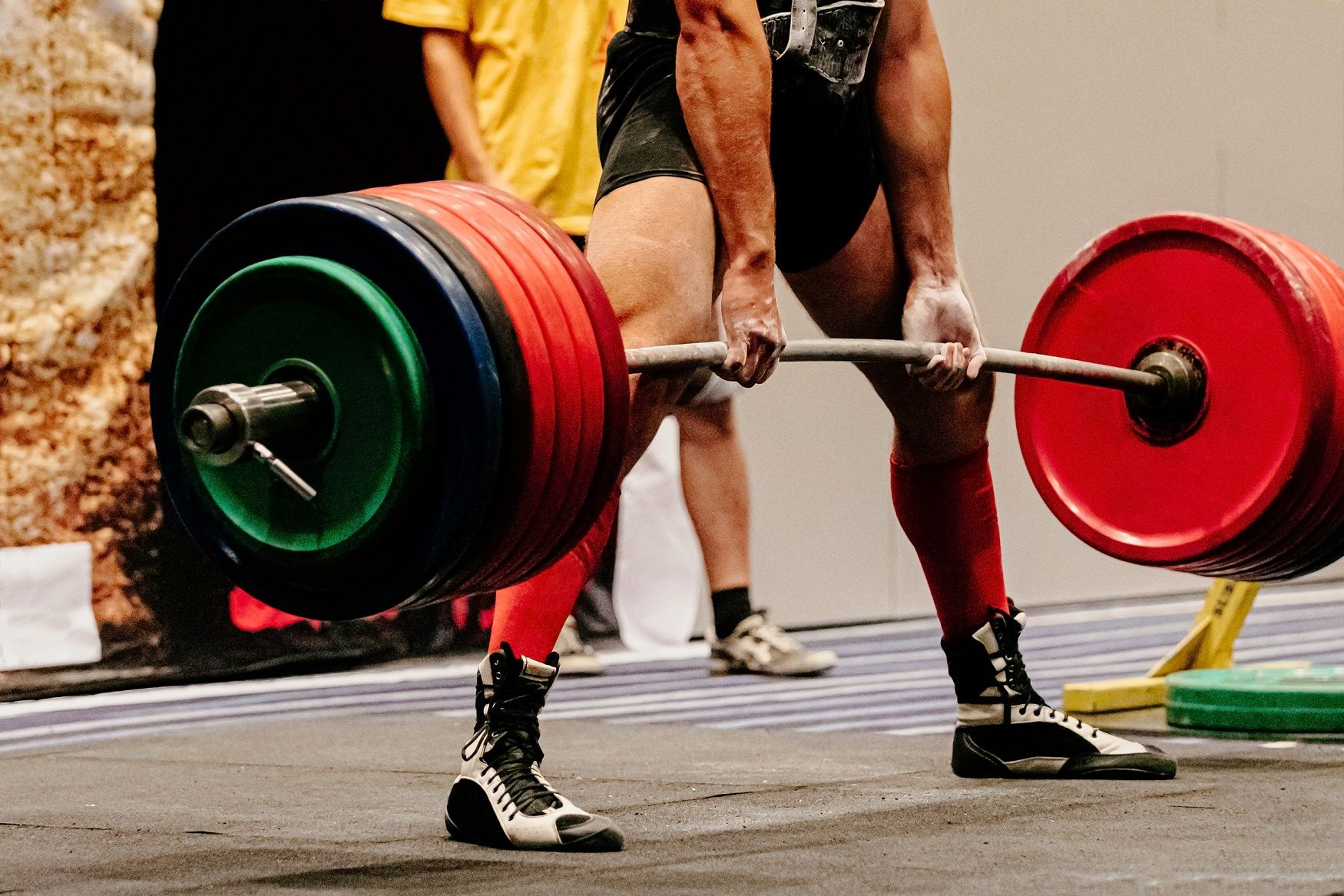Before diving into heavy lifting, it is crucial to properly warm up your muscles. This helps prevent injury and prepares your body for the intensity of powerlifting. Start with some dynamic stretches and light cardio to get your blood flowing. Then, perform specific warm-up sets with lighter weights to activate the muscles you will be using during your main lifts.
Focus on Form and Technique
Proper form and technique are paramount in powerlifting. Each lift – squat, bench press, and deadlift – has its own set of technical cues that should be followed to maximize strength gains and minimize the risk of injury. Take the time to learn and practice these cues, and consider working with a coach to perfect your form.
Brace Your Core
One of the most important aspects of powerlifting is bracing your core. This involves tensing your abdominal muscles as if preparing to take a punch. A strong core provides stability and support during heavy lifts, helping you generate maximum power and protect your spine.
Breathe Properly
Proper breathing technique is another key element of successful powerlifting. During the eccentric phase of a lift, take a deep breath and hold it to create intra-abdominal pressure. Exhale forcefully during the concentric phase to help you lift the weight more effectively.
Progressive Overload
Progressive overload is the cornerstone of strength training. To continue making gains, you must constantly challenge your muscles with heavier weights or increased volume. Keep a training log to track your progress and make gradual, consistent increases in weight over time.
Optimize Recovery
Recovery is just as important as training when it comes to building strength. Make sure you are getting enough sleep, eating a balanced diet, and incorporating rest days into your training plan. Additionally, consider incorporating mobility work and foam rolling to prevent muscle stiffness and improve overall performance.
Listen to Your Body
Finally, always listen to your body. Pay attention to how you feel during your workouts and adjust your training accordingly. If something doesn’t feel right, don’t push through the pain – it’s better to take a step back and address any issues before they become more serious.
By following these essential powerlifting techniques, you can maximize your strength gains and take your lifting to the next level. Remember to stay consistent, be patient, and always prioritize proper form and technique in your training.
Stay strong and happy lifting!

